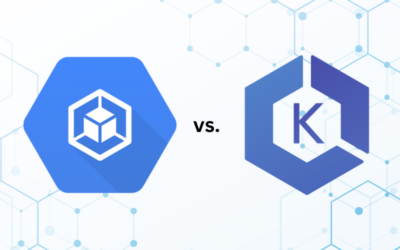Blogs
Fashion Image Recognition using Amazon Rekognition and the DeepFashion2 Dataset
Image Recognition using Amazon Rekognition Building a machine learning model is an inherently complex process. This complexity increases substantially when delving into the domain of image recognition. Amazon Rekognition, an object detection service offered by Amazon...
Efficient Vector Search with Amazon OpenSearch
Amazon OpenSearch, derived from a mature version of Elasticsearch, is a highly scalable, fully managed search and analytics service that has become a cornerstone for businesses seeking to extract valuable insights from their data. With the advent of serverless...
Comprehensive Guide to AWS Web Application Firewall (WAF)
Written by Adithya Bodi, Demand Generation Manager Web applications are integral to modern business operations, but they are also susceptible to an ever-evolving and increasingly complex array of cyber threats. Security breaches expose organizations not only to the...
AWS Shield Standard vs. Shield Advanced – Making the Right Choice
Written by Adithya Bodi, Demand Generation Manager In a continually evolving arena of cybersecurity, Distributed Denial of Service (DDoS) attacks present an enduring and potent menace. These malicious onslaughts involve overwhelming a target system or network with a...
Leveraging AWS MAP Assessments to Ensure a Seamless Cloud Migration Journey
In the dynamic world of cloud computing, businesses are constantly seeking efficient and secure solutions to migrate and manage their operations on the cloud. TrackIt specializes in facilitating this transition through meticulous MAP (Migration Acceleration Program)...
GKE vs. EKS: A Detailed Comparison Between Google Kubernetes Engine and Amazon Elastic Kubernetes Service
Container orchestration has become the cornerstone of modern application development and deployment. Kubernetes, the open-source container orchestration platform, has gained immense popularity for its ability to automate the deployment, scaling, and management of...






